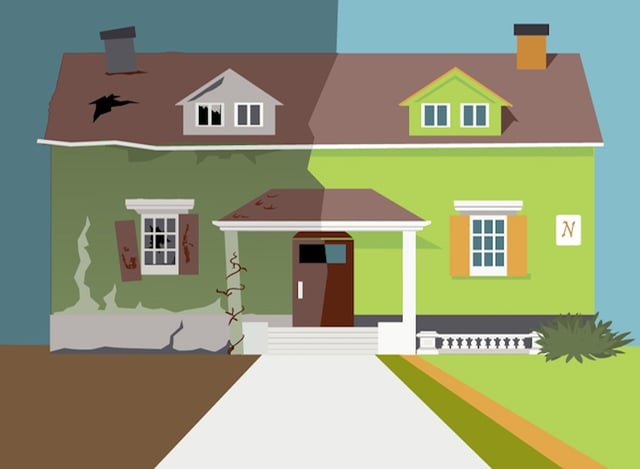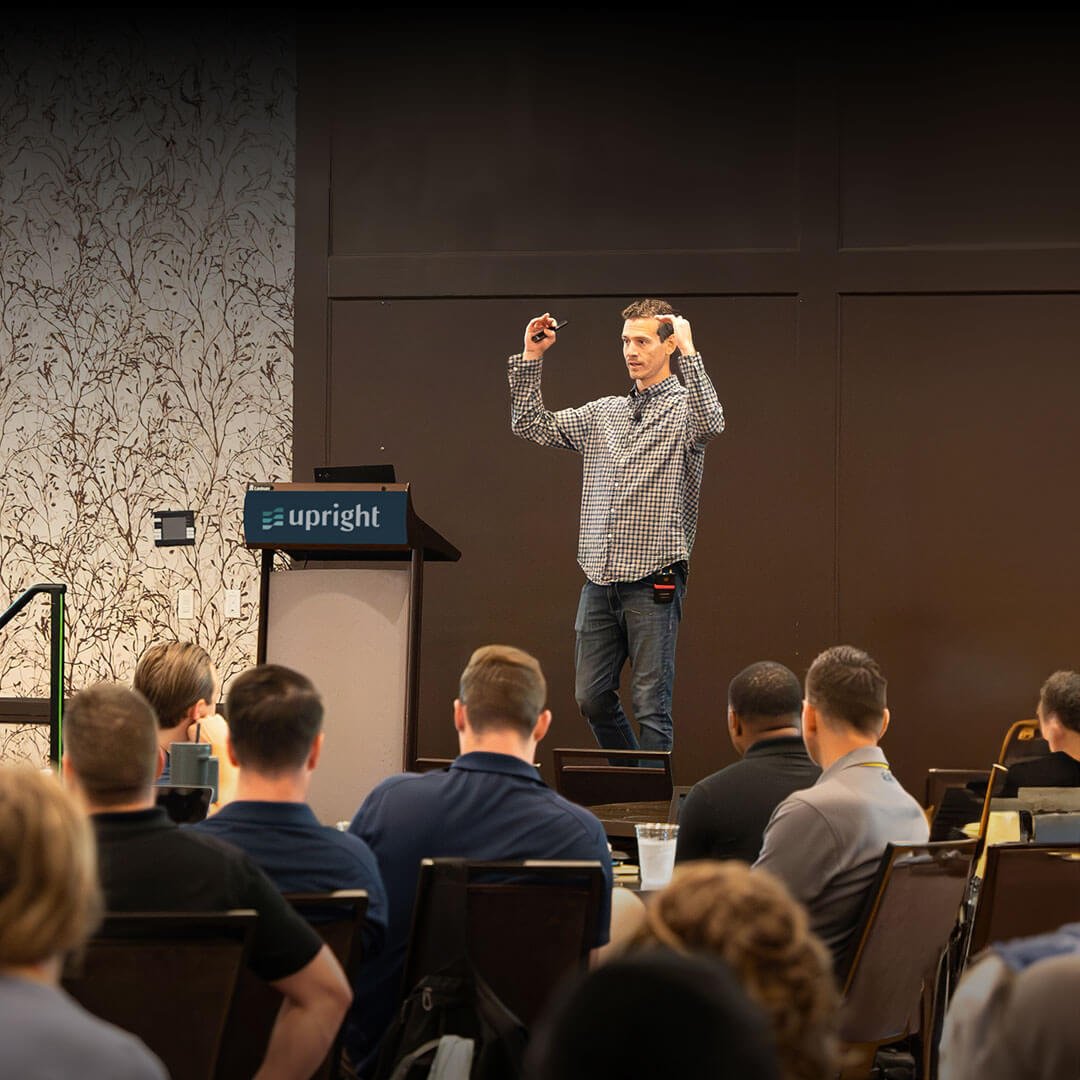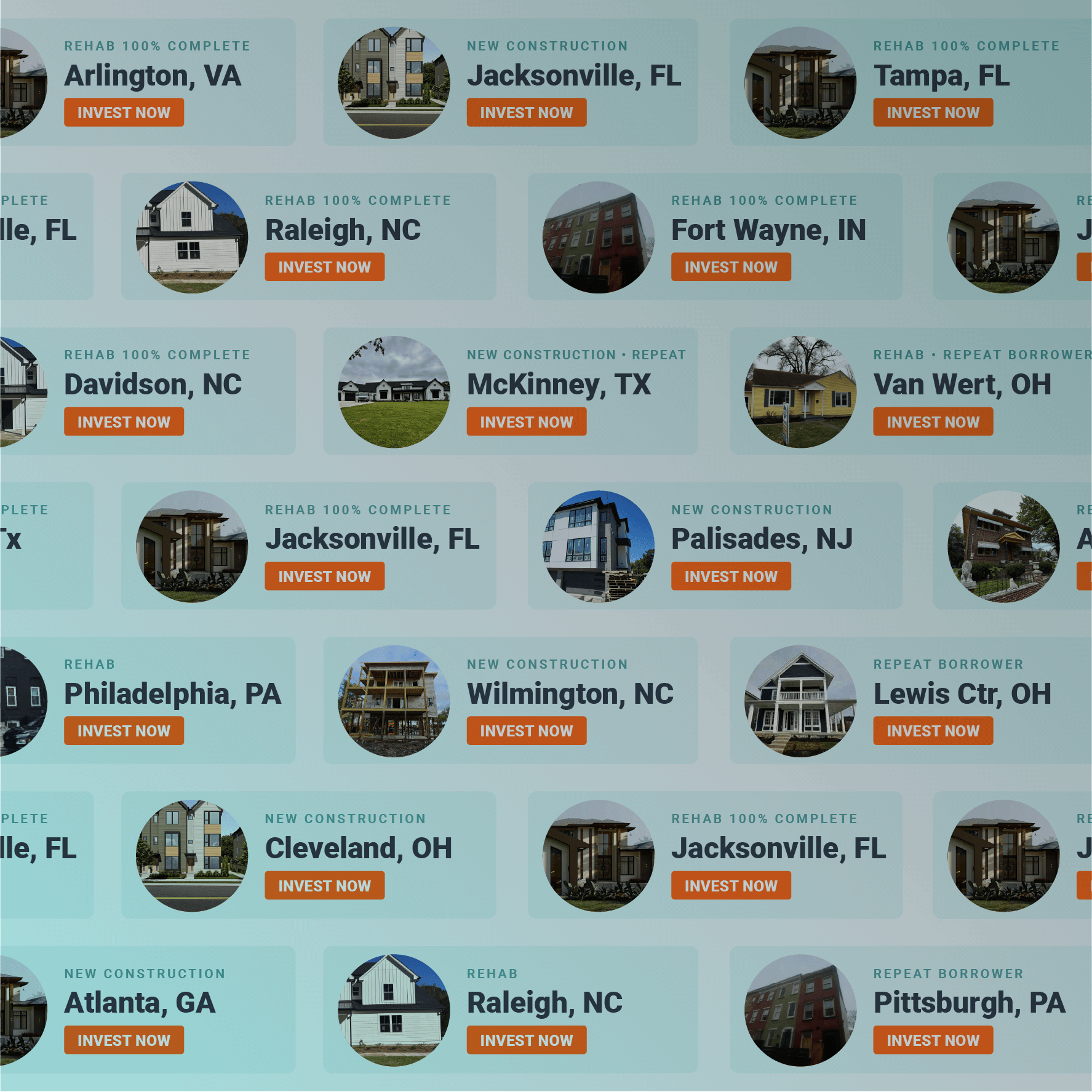
“Flipping Houses” has become synonymous with a lot of dirty words, especially after the historic 2008 market crash. We’d like to set the record straight for all of the real estate entrepreneurs who earn an honest living by doing great work for the communities around the country.
Why is “Flipping” Such a Dirty Word.
Leading up to the 2008 crash there were many unqualified real estate “flippers” who were buying houses, changing the carpet and adding a fresh coat of paint and then reselling the house in 3-4 months for a profit. This model worked great in the market that was seeing quarterly double-digit price appreciation fueled by “irrational exuberance”. The major flaw of this strategy, of course, was that housing prices had to eventually stop rising.
When the music stopped and the market reset to reality, many pointed the finger at these house “flippers” as contributors to the problem by fueling both the buy and sell side of market. Further, many “flippers” who were stuck with properties when the market corrected, walked away from their projects leaving many blighted properties in their wake.
Ok, we agree, these speculators who bet on a perpetual market of price appreciation were partially to blame. In hindsight, we see that there were many parties to blame and would like to think that we’ve learned from these past mistakes across the board.
The Market Needs "Flippers"
What many don’t realize is that there is a segment of the housing market that desperately needs qualified house flipping experts, or even more appropriately called real estate investors. We estimate that every year there is between $60-80 Billion worth of housing stock that goes on market that is unlivable.
What is "Unlivable" and Why does it Matters?
Maybe you’ve seen the hoarder houses on TV and understand what we’re talking about. (And yes, many of our customers take these types of projects on). There are also anywhere between 300,000 – 600,000 of properties that come out of foreclosure each year. Most of these houses have been empty for a year or more and are in serious disrepair. Less dramatic though are the houses that were built and lived in for more than 20 years without any modern updates.
The challenge with all of these properties is that most new owners want to move-in and begin enjoying their new home. They want modern finishes with open floor plans. They want new mechanicals which they don’t have to worry about breaking down in the first year of ownership. A house that truly needs to be "flipped", requires an additional 20-50% of the purchase price in additional improvements to be livable. This is more than most home buyers want to take on. Put simply, they want to live in the house; NOT work on the house.
Enter House Flipper
House “flippers”, as we define them, are entrepreneurs who work very hard and invest their own capital to find and repair these otherwise unwanted homes. They have vision. They understand their market. They have developed deep business relationships with contractors, real estate agents and legal professionals.
Most importantly, they care deeply about the communities in which they live and are committed to creating livable homes out of otherwise blighted properties that are eye-sores for their neighborhoods. They create value by making real improvements. They don’t buy to speculate and hope the market rises so they can earn a profit. See the difference?
In addition to taking unlivable properties and turning them into nice new homes that families can move into and enjoy, house “flippers” do a number of other great things that benefit their communities.
-
They often bail out individuals who have found themselves in a home they can no longer care for. We hear story after story about how one of our clients has helped an owner out of a difficult situation by purchasing the house at a fair price and often times helping them relocate into a new home.
-
Rehabilitating houses is environmentally friendly. If these houses remained unlivable, more new housing stock would need to be created to meet buyer demand for move-in-ready housing. New construction is exponentially more taxing on the environment. Rehabilitating a house is, in a way, a form of recycling.
-
“Ugly Houses” bring down the value of surrounding houses. Nobody wants to live next to the house that looks like it’s about to fall over or might have squatters. Flippers look for these houses, buy them and restore not only the house but the neighborhood in which they exist.
Of course there are still a few bad apples out there trying to make a quick buck on the back of an appreciating housing market. These folks are not “flippers”. They are speculators.
Check out one of our clients and see firsthand how he turned an unlivable property into the nicest house on the block. The VooDoo House





